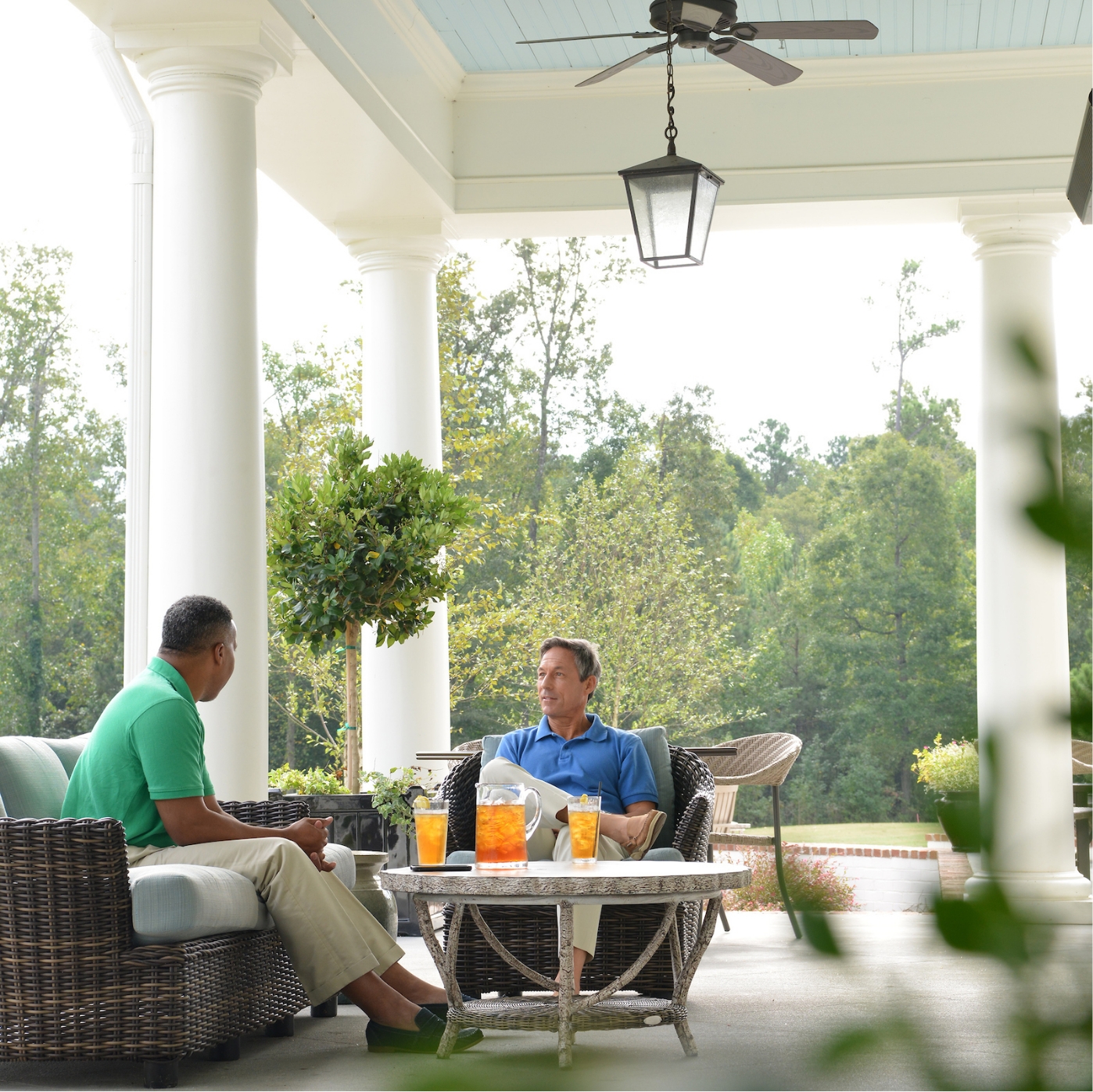January 1, 2017
Rodney Dangerfield said it best in Caddyshack, way back in 1980: “Golf courses and cemeteries are the biggest wastes of prime real estate.”
We love our golf, but Rodney was right. The value of the 150 acres under a typical country club is usually much higher if the course was plowed under to make way for upscale homes.
Many club boards I meet with are interested in finding a more sustainable capital structure for their clubs – something apart from the traditional recipe of debt, member assessments and ever-increasing dues.
Such debt loads burden clubs with high debt service payments that never seem to go away; assessments can cause some members to quit. Dues rates that get above market levels cause higher attrition and impede membership recruitment. But when the board considers its alternative capital options, two common challenges emerge.
The simple fact is that the last 500 plus private clubs have traded hands at roughly 1.0 times the club’s annual revenues; to be precise, within a tight range of 0.8 to 1.2 times annual revenues. So, a $6 million revenue club is worth roughly $5-7 million – if the club is to be preserved as a private club.
First, local banks are usually happy to rely on the much higher appraised value (as residential land) when making their loan. Their stance: “Sure, we will loan you 65 percent of the price that Toll Brothers would pay for this land to be turned into McMansions.”
Why is this a problem? Sure, it allows the club to get a sizeable loan to finance that new clubhouse addition. But borrowers tend to borrow as much as lenders will give them, which is often too much for the club to realistically support (while simultaneously keeping up with the funding new capital projects at the same time).
Any club that says, “yes” to this loan scenario has a $6 million mortgage with principal and interest payments of $500,000 per year. As we’ve seen since 2008, some combination of recession, weather and local competition will make it hard for that club to meet that debt-service payment 10 or 15 years in a row.
At the first missed payment, the loan needs to be restructured. Eventually, the bank must consider foreclosure– but no bank actually wants to own a country club, and a local bank does not want to anger its wealthy clientele, at the club, by initiating the foreclosure process.
So, what’s the fallout? There are now more than 1,000 private clubs with these “zombie loans” they never should have taken out. Their local banks were willing to loan the club too much money, and now these loans can never be paid off, especially if the membership happens to be declining. The heavily indebted club has beaten a path toward slow and painful decline.
The second problem occurs when the board considers fresh equity investment into the club to solve its capital issues for good. Members look at that inflated appraisal of the residential land value, from Toll Brothers, and they think to themselves, “Our club is worth $28 million, so why would we let new investors in at $7 million?”
The simple fact is that the last 500 plus private clubs have traded hands at roughly 1.0 times the club’s annual revenues; to be precise, within a tight range of 0.8 to 1.2 times annual revenues. So, a $6 million revenue club is worth roughly $5-7 million – if the club is to be preserved as a private club.
The board has to explain this to its membership, which is often confused by the Toll Brothers appraisal. The Society of Golf Appraisers is now making its certified appraisals clearer, by stating whether the indicated value is based on residential development (i.e., the Toll Brothers bulldozer scenario) or a continuing private club scenario.
But the damage is done when the large club mortgage was taken out based on the inflated real estate appraisal. Members have real trouble thinking clearly about the club’s capital structure in time to save their club.
